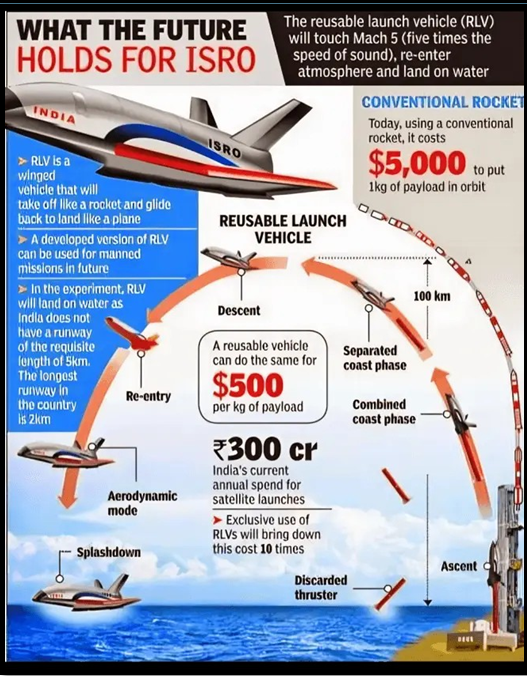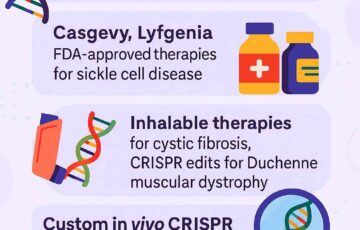PUSHPAK – ISRO’S REUSABLE LAUNCH VEHICLE
Why in the news?
- The Indian Space Research Organisation (ISRO) successfully completed the third reusable launch vehicle landing experiment (RLV LEX-03) at the Aeronautical Test Range in Chitradurga, Karnataka.
- This mission demonstrated Pushpak’s autonomous landing capabilities under challenging conditions, marking a significant milestone in ISRO’s reusable launch vehicle program.
Source: India Times
Key Features of the Test:
- Pushpak was released from an Indian Air Force Chinook helicopter at an altitude of 4.5 km.
- The test used sensors such as inertial sensors, radar altimeters, flush air data systems, and NavIC, and reused the winged body and flight systems from the previous LEX-02 mission.
| About Pushpak
Overview:
Development and Objectives:
Test Flight Series:
|





